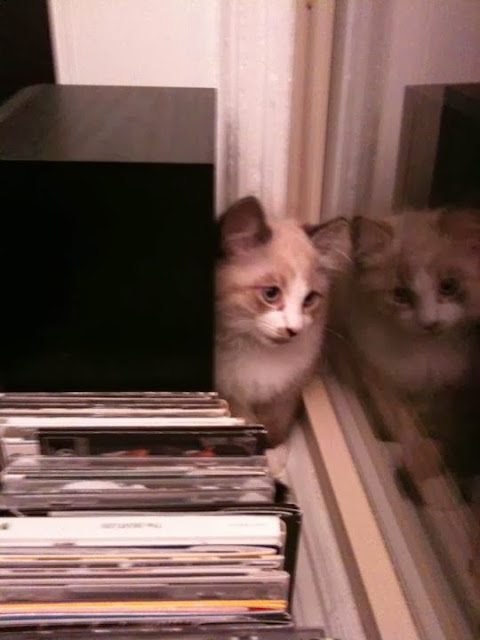In the first article, Virtual Worlds, Real Leaders IBM discusses lessons it feels real businesses can learn about leadership from online games. Specifically they discuss the lessons in leadership which can be learned from leadership in Massive Multiplayer Online Role Playing Games (henceforth MMORPGs) like World of Warcraft and Eve Online. Stylistically the article itself is actually formatted more like a pamphlet with buzzy quotes and large dramatic pictures scattered throughout. The article starts by stating that businesses spend millions of dollars trying to figure out “What’s next?” but notes that some of the answers to that question may already exist and that we should look to MMORPGs to discover them.
The most important point in the first section is that MMORPGs, show a lot about how leadership develops and people lead in such multinational, distributed, and hyper-competitive virtual environments. Following the introduction which lays this point out, the author continues to list similarities between MMORPGs and today’s competitive business environment finally ending with a rhetorical “sound familiar?”. This obviously was written to convince older business people and investors who have never heard of an MMORPG much less player World of Warcraft like we have in this class. Still the point is a key one (and one I had surprisingly never thought of despite participating in high level Raid Content with my guild is EverQuest and World of Warcraft myself), and looking back I can definitely see how the organizational and communication abilities I learned killing 40 man bosses online translated into my work environment.
The rest of this section seeks to prove the points laid out in that quote. The authors quote an internal survey (4 out of 10 IBM employees who play MMORPGs say that they have used the knowledge gained in their leadership style…) and quotes a PHD who basically restates the quote. The second section is about a study MIT’s Sloan School of Management and IBM did on leadership in Online Games (not specified) which concluded that all four models of MIT’s Leadership model were present in leadership in Online Games. The next section argues that leadership is a function of environment. It uses online games as a proof for this idea and lays out five different ways that online games facilitate leadership and make taking up the role of leader easier than normal. The following section is an interview with a woman who has lead an online raid guild in which she explains the process through which she became a leader, despite not being a natural leader.
The next section after that was especially interesting to me. It discusses how businesses need to learn from the temporary and flexible nature of leadership in MMORPGs and lays out the reasons that temporary leadership is more effective in them. The section after that talks about how businesses should learn from MMORPGs relationship with failure. Basically in MMORPGs failure is accepted as a cost of doing business and by taking risks that could result in failure players (and presumably businesses) are actually more successful in the long run even if the fail short term. The paper concludes by saying that like psychologists and sociologists IBM believes that interactions in virtual worlds offer key lessons with important real world applications. The author then lays out what IBM is doing with the information it has gathered and the lessons it has learned from MMORPGs.
The second article, Leadership in a Distributed World, IBM tackles the same subject (lessons to be learned about leadership from MMORPGs) but from a slightly different angle. A more accurate description might be a slightly different intended audience. The first article is mainly angled towards how investors and business-people can evaluate the future of leadership through the lessons learned from online games. This second article is much more focused on the lessons that current high level leaders such as executives (a term the authors use repeatedly) can learn about leadership from virtual worlds and the leadership therein. This is a very fine distinction and there is a very large amount of overlap between the two articles but I think an important one nonetheless, as one key to understanding something is understanding who its audience is.
Skype is an important communication tool that online leaders use to communicate with their guilds, clans or groups.
Both of these Articles discuss grouping in World of Warcraft as an important venue for leadership, here one of my classmates and I are teaming up to take down a monster in World of Warcraft which we could not defeat individually.
Citations
online gaming. This is report from IBM that discusses what this international technology company has learned from its own internal gaming community.
This is a post for the class I am taking through Immersive Education at Boston College. To learn more, go to ImmersiveEducation.org






.jpg)

.jpg)









